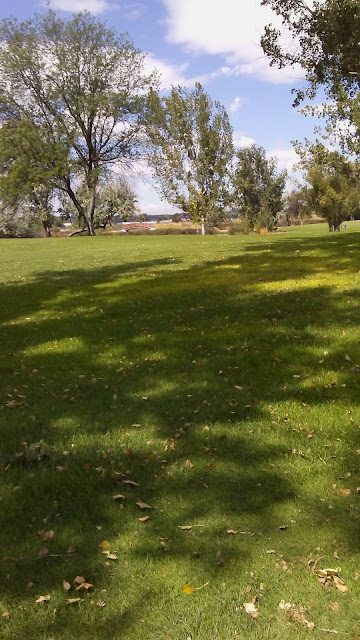Oregon Prayer Spotlight: Lafayette

Lafayette Historical Museum They may curse, but you will bless: when they attack they will be put to shame, but your servant will rejoice . Psalm 109:28 Lafayette, Oregon is a pretty little town along the Yamhill River on Oregon Route 99, about 35 miles southwest of Portland, 25 miles north of Salem. It is the third oldest town in the Willamette Valley, established in 1846 and incorporated in 1878. It is in Yamhill County and was originally the county seat until 1889 when the citizens voted to make McMinnville the seat. The population is currently around 4,000. The town has a number of old homes and historic buildings, a few even on the National Register of Historic Places. The Lafayette Locks Park is at the site of a former dam and locks that were decommissioned in the 1950’s. Other points of interest include a log house museum and the Lafayette Pioneer Cemetery which was established in 1873. The old cemetery has a lot of atmosphere and is associated with the legend of a curs


